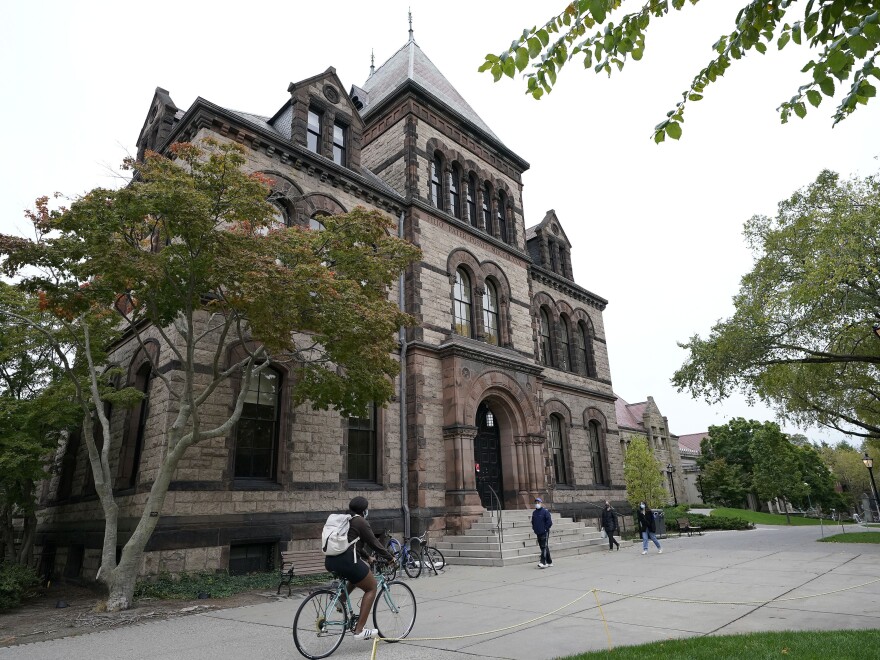Updated @ 4:43 PM EDT on July 30, 2025
In an attempt to accommodate President Trump’s wish to add up to five more Republican congressional seats in the state, Republicans in the Texas House of Representatives unveiled a new redistricting map proposal on Wednesday.
The party that controls the U.S. House following the midterm elections next year may be significantly influenced by the redivision of voters into new districts in Texas and elsewhere. Currently, the president’s party usually loses in midterm elections, and Republicans hold a seven-seat edge in the house with four vacancies.
Redistricting was added to the docket for a special legislative session earlier this month by Trump supporter and Republican Governor Greg Abbott of Texas, who cited concerns expressed by Trump’s Department of Justice that four existing Democratic-leaning districts are illegal.
The Republican Party of Texas has stated that the endeavor is “an essential step to preserving GOP control in Congress” and furthering Trump’s agenda. However, Republicans have also made it clear that they plan to carry out the uncommon mid-decade redistricting for partisan purposes.
A “very simple redrawing” would gain five seats in Texas, according to Trump himself. In states like Missouri and Ohio, Republicans are also interested in picking up more pickups.
Numerous districts currently occupied by Democrats are targeted by the proposed Texas plan, including two in the Dallas-Fort Worth region and two that extend into the southern region of the state’s Rio Grande Valley. In Central Texas, two more Democratic incumbents might have to face off against one another. In the Houston region, lines would also be redesigned.
The new plan might help Republicans gerrymander 30 GOP-won districts, compared to eight for Democrats, according to Dave Wasserman, an analyst with the Cook Political Report. Twenty-five of the state’s seats are now held by Republicans. In 2024, Texas voted for Trump by about 14 percentage points.
During the extraordinary session, the proposed congressional map could be modified. Other maps may not be made public by Texas Republicans.
Democrats face limited options to counter
The Texas plan was criticized by Democrats on Wednesday.
In a statement, Julie Merz, executive director of the Democratic Congressional Campaign Committee, said, “Texas Republicans’ only goal from the start of this broken process has been to obey orders from DC party bosses desperate to try and save House Republicans’ teetering majority.”
The group has been preparing a counteroffensive.
According to the Texas Tribune, Democratic state lawmakers in Texas are considering leaving the state, which would prevent Republicans from having a quorum of lawmakers.
The House Majority PAC, which supports congressional Democrats, recently declared “a plan to raise upwards of $20 million in order to recruit and support competitive Democratic candidates in districts across Texas.” This is in case Texas Republicans adopt a new map.
To “fight fire with fire,” as Democratic California Governor Gavin Newsom put it, officials of certain Democratic-led states have talked about plans to implement their own new gerrymanders.
However, in states like California and New York, there are state constitutional and legal obstacles that would complicate the attempts.
In court, Democrats and their supporters would probably retaliate as well.
In the statement, Merz of the DCCC added, “At first glance, Texas Republicans seem to have made what is already one of the nation’s most racially discriminatory maps even worse.” “Should this map become law, we anticipate Texas will get sued and the map will get struck down.”
There are currently ongoing lawsuits focusing on allegations of racial discrimination against Texas’ present congressional layout.
In addition to Texas, several other states are embroiled in legal disputes over congressional maps, including Alabama, North Carolina, and Utah. By the time voters receive their midterm ballots the following year, many district lines may have changed.
With reporting by Andrew Schneider of Houston Public Media.
Copyright 2025 NPR






